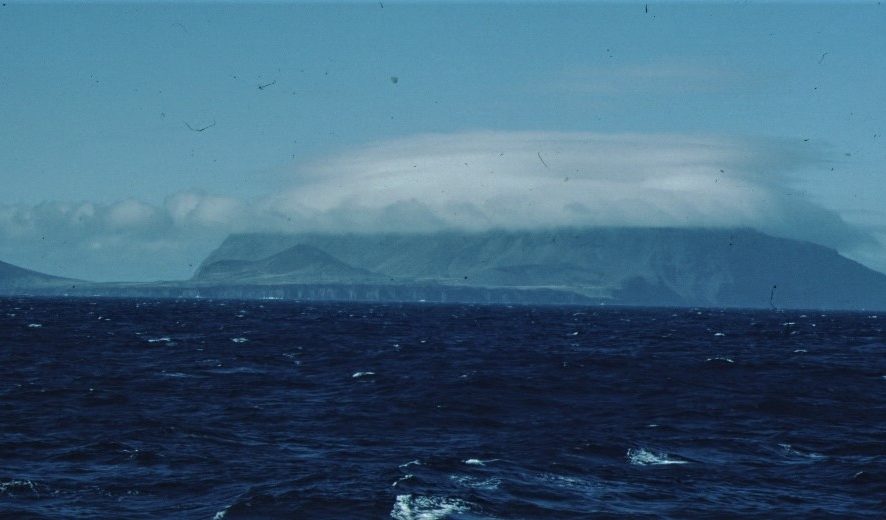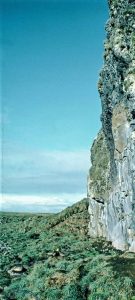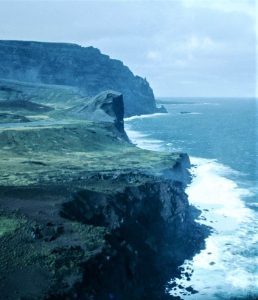At 2160 km south of Cape Town, the Prince Edward Islands are the southernmost part of South Africa. The Prince 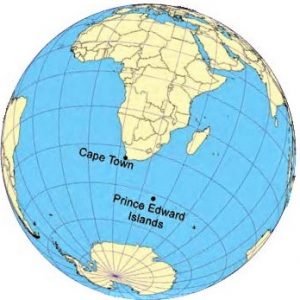 Edward Islands consist of Marion Island and Prince Edward Island (46°36’S, 37°57’E). Prince Edward Island, 19 km to the north-east of Marion, has an area of about 45 km2 and its highest peak is 672 m above sea level. The islands lie more-or-less 2,180 km south-east of Cape Town and 1,770 km south south-east of Port Elizabeth.
Edward Islands consist of Marion Island and Prince Edward Island (46°36’S, 37°57’E). Prince Edward Island, 19 km to the north-east of Marion, has an area of about 45 km2 and its highest peak is 672 m above sea level. The islands lie more-or-less 2,180 km south-east of Cape Town and 1,770 km south south-east of Port Elizabeth.
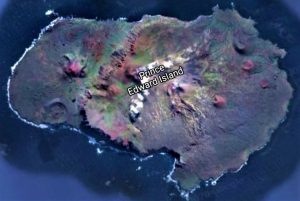 Discovered in 1663 by Barent Barentzoon Lam of the Dutch East India Company, it wasn’t until 100 years later that the Islands were revisited, this time by a French naval officer named M. M. Marion du Fresne. Eventually, Captain Cook named them the Prince Edward Islands in 1776, after the fourth son of the British King at the time.
Discovered in 1663 by Barent Barentzoon Lam of the Dutch East India Company, it wasn’t until 100 years later that the Islands were revisited, this time by a French naval officer named M. M. Marion du Fresne. Eventually, Captain Cook named them the Prince Edward Islands in 1776, after the fourth son of the British King at the time.
Prince Edward has never been permanently occupied by humans and has no permanent infrastructure. Because it has largely escaped human attention, Prince Edward has relatively few introduced species. Prince Edward can also boast about its 7,000 pairs of Indian Yellow-nosed Albatrosses, a species which doesn’t breed at Marion.
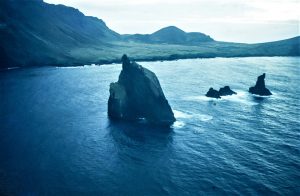
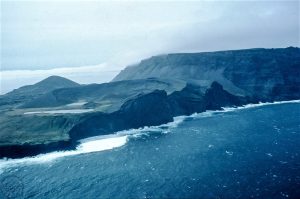
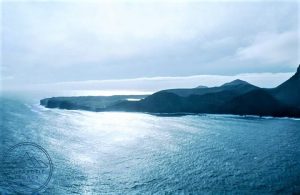 Because of its exceptional conservation value, visits to Prince Edward Island are extremely strictly controlled. According to the new management plan, the island may only be visited once every fourth year, by up to 10 people, for a maximum of eight days.. Read more in the Prince Edward Islands Conservation Handbook by Steven Chown, John Cooper and Marienne de Villers. PDF available on the ALSA repository.
Because of its exceptional conservation value, visits to Prince Edward Island are extremely strictly controlled. According to the new management plan, the island may only be visited once every fourth year, by up to 10 people, for a maximum of eight days.. Read more in the Prince Edward Islands Conservation Handbook by Steven Chown, John Cooper and Marienne de Villers. PDF available on the ALSA repository.

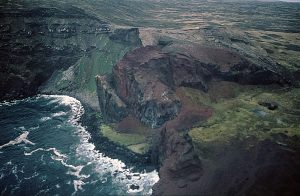
 The Prince Edward Islands Management Plan attempts to ensure that the necessary protection is afforded to the Islands’ fragile ecosystems, within the context of both national and international legal obligations, whi!c facilitating the scientific research necessary: to underpin its effective implementation. The Plan constitutes a milestone in that it is attached to the first proclamation of a Special Nature Reserve under the Environment Conservation Act (Act No 73 of !989). Also see the An Introductory guide to the Marion and Prince Edward Island Special Nature Reserves; 50 years after annexation, by C Hänel, S Chown and J Cooper.
The Prince Edward Islands Management Plan attempts to ensure that the necessary protection is afforded to the Islands’ fragile ecosystems, within the context of both national and international legal obligations, whi!c facilitating the scientific research necessary: to underpin its effective implementation. The Plan constitutes a milestone in that it is attached to the first proclamation of a Special Nature Reserve under the Environment Conservation Act (Act No 73 of !989). Also see the An Introductory guide to the Marion and Prince Edward Island Special Nature Reserves; 50 years after annexation, by C Hänel, S Chown and J Cooper.
Photo Credits: Images from the ALSA repository contributed by John Cooper and Johan Truter taken in the 1980’s.

